If you’ve ever tossed an old T-shirt into a box of dye to give it a second life, you’re not alone. Many of us have experimented with store-bought dyes to freshen up fabrics, brighten crafts, or even rescue stained clothes. But long before bottles of synthetic colorants lined the shelves, people were turning to nature for their hues. Fruits, vegetables, and plants have been used as dyes for centuries—giving us rich reds, soft yellows, deep purples, and everything in between.
Now, as more of us look for natural, eco-friendly alternatives, fruit dyes are making a big comeback. They’re not only safer for the planet, but they also carry a kind of earthy charm you can’t quite get from something mass-produced in a factory. Imagine boiling down a handful of berries and watching your fabric soak up those natural shades—it feels more like art than chemistry.
In this post, we’ll explore 25 of the best fruits you can use to make dye. Whether you’re curious about crafting at home, teaching kids a fun science-meets-art project, or simply want to avoid synthetic products, you’ll find the best options here.
Best Fruit Dyes
While nearly any fruit with strong pigments can be used to make dyes, some stand out as especially effective and reliable sources. Here are the best 25 most common options:
1. Raspberries
Hue: Red

Raspberries create a soft red dye that leans toward pink. Their juice is light but builds color well when layered, making them great for fabric projects or paper crafts. The result is gentle, cheerful, and often slightly uneven, giving a handmade, organic look.
2. Cherries
Hue: Red
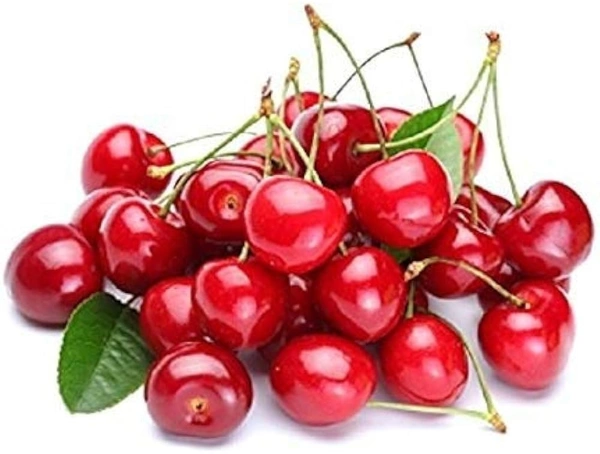
Cherries give a deeper red than raspberries, often with a warm undertone. The pits aren’t useful, but the rich flesh stains strongly, producing bold hues that hold better on natural fibers. They’re especially good if you want a vivid, striking finish.
3. Blackcurrants
Hue: Deep purple to dark red
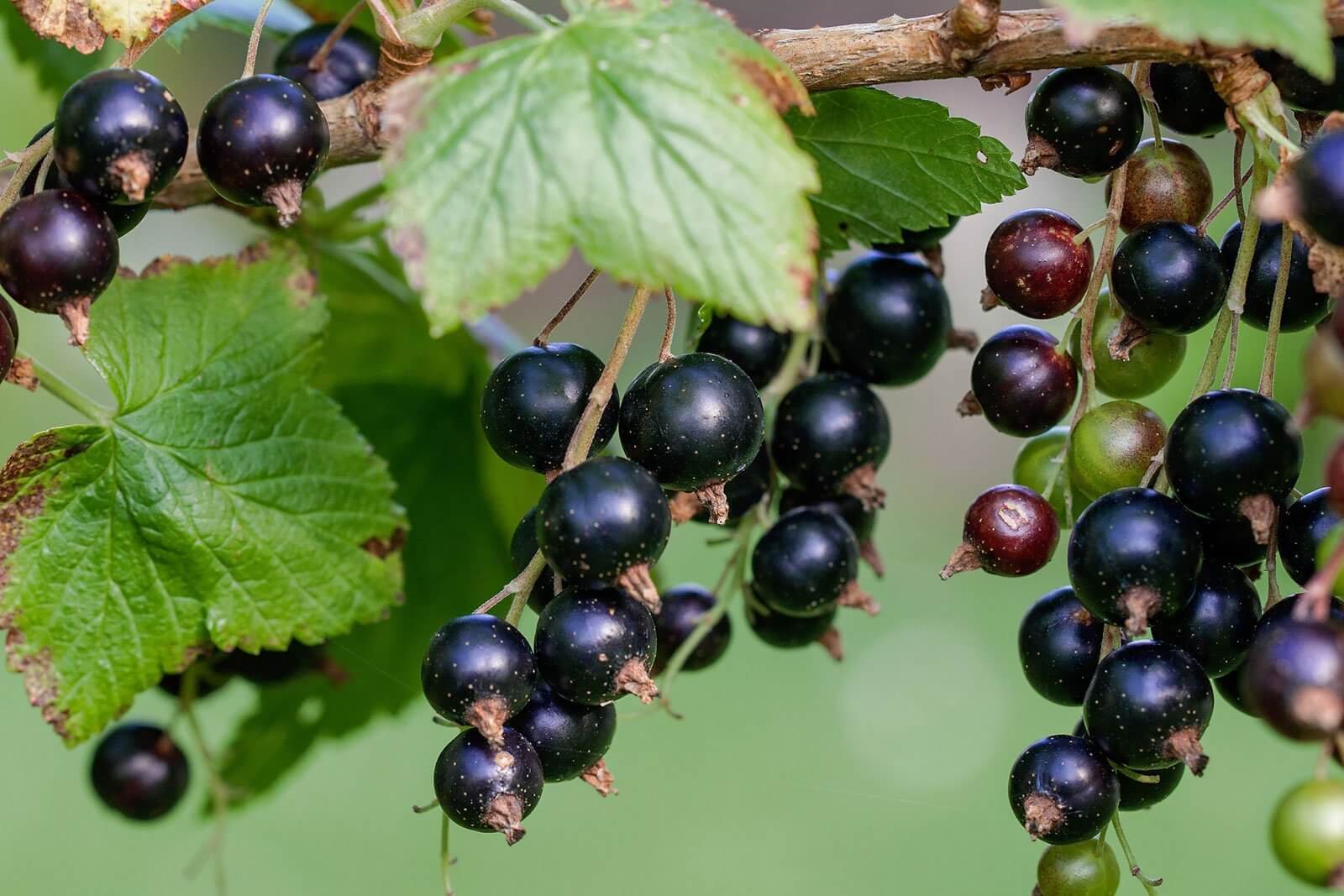
Blackcurrants are packed with natural pigments that leave an intense color. Depending on how concentrated the juice is, the dye can shift from rich purple to reddish tones. Their strength makes them excellent for darker shades.
4. Strawberries
Hue: Light red to pink
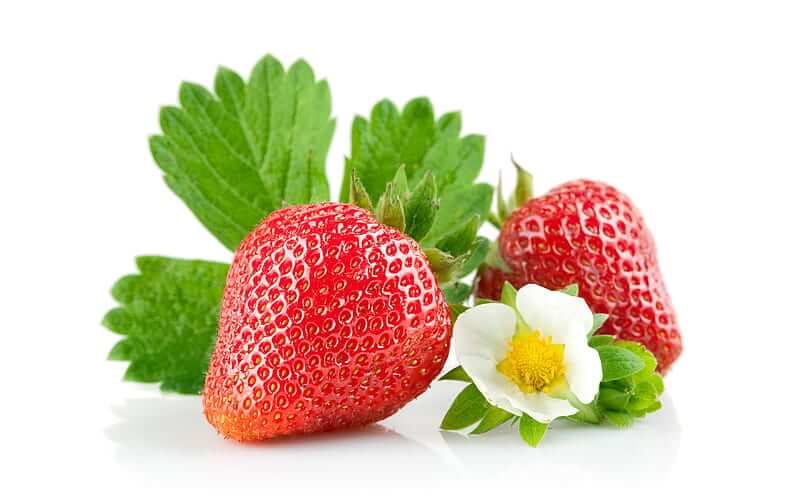
Strawberries make a delicate pinkish dye, perfect for pale washes of color. The shade is subtle and can fade over time, but it adds a charming, soft look. Best for smaller craft projects where a gentle tint is enough.
5. Blueberries
Hue: Blue
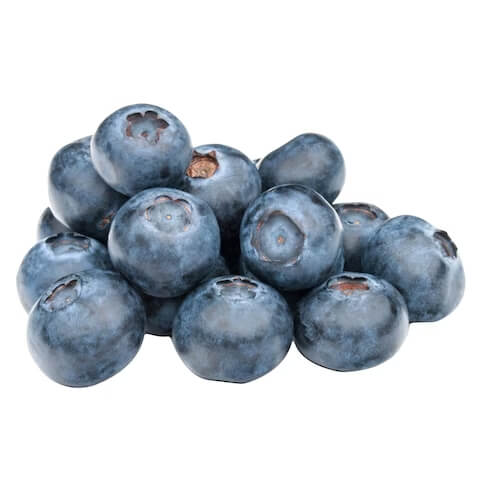
Blueberries release beautiful blue tones, sometimes edging toward gray or lavender. The shade can vary depending on fabric and mordant, but they remain one of the most dependable fruits for cool hues. They work especially well for tie-dye styles.
6. Blackberries
Hue: Purple
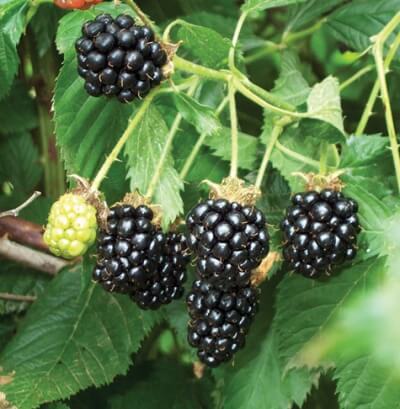
Blackberries produce a bold purple dye that often has a bluish cast. Their strong staining power makes them easy to use, though the shade can shift as it dries. Perfect for projects where you want an unmistakable, rich purple.
7. Grapes
Hue: Purple, red, or brown
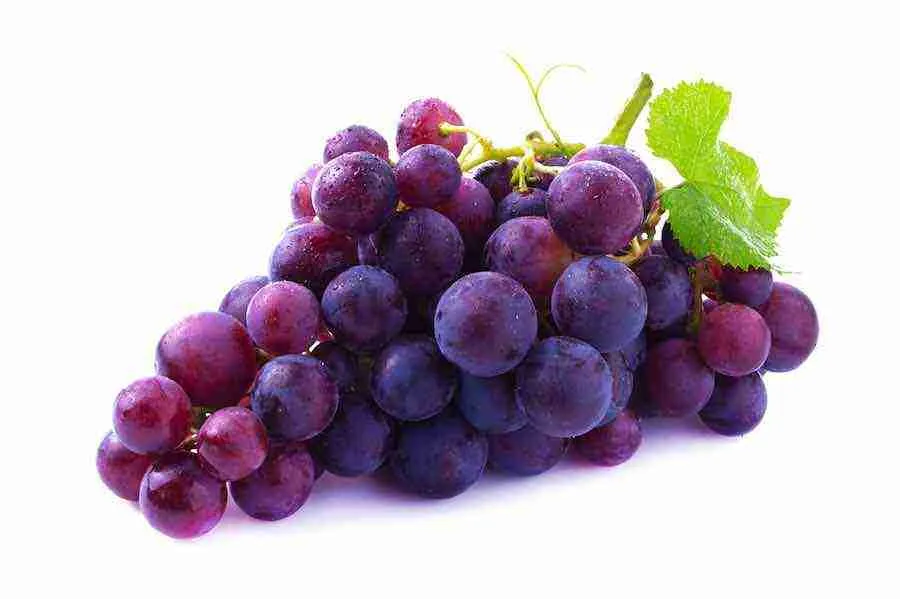
Grapes are versatile dye makers. Red grapes bring out warm crimson shades, while darker varieties lean into purple or even earthy browns. The juice takes easily to fabric, though the final hue depends on grape type and ripeness.
8. Plums
Hue: Purplish-red
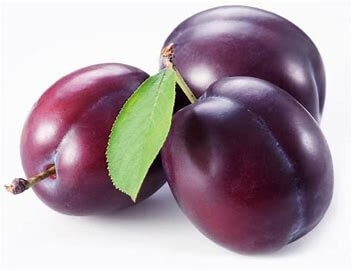
Plums create dyes ranging from rosy reds to muted purples. Their skins are especially potent for extracting pigment, while the pulp adds depth. The color is soft but steady, ideal for achieving natural-looking shades with a vintage feel.
9. Lemon Peels
Hue: Yellow
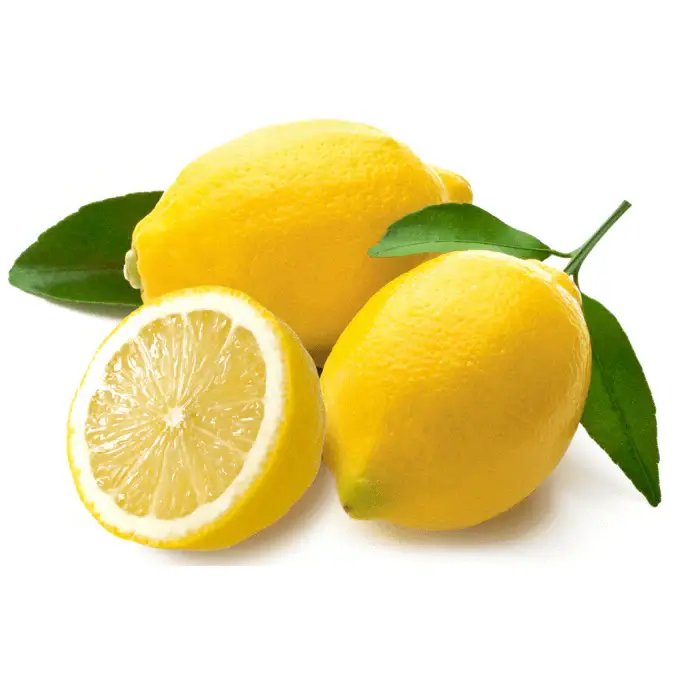
The outer skin of lemons gives a bright, cheerful yellow dye. The oils in the peel make the color more vivid, making it a popular natural option for fabrics and paper.
10. Damson
Hue: Deep purple
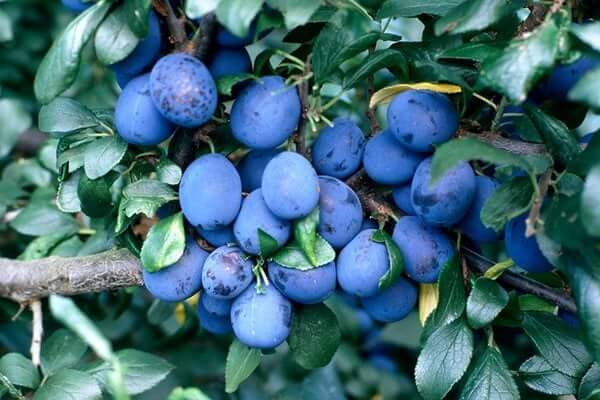
Damsons create strong, rich purple dyes that last well. Their skins carry natural pigments that deepen as they are processed, giving a dark and bold shade.
11. Orange Peel
Hue: Warm yellow-orange
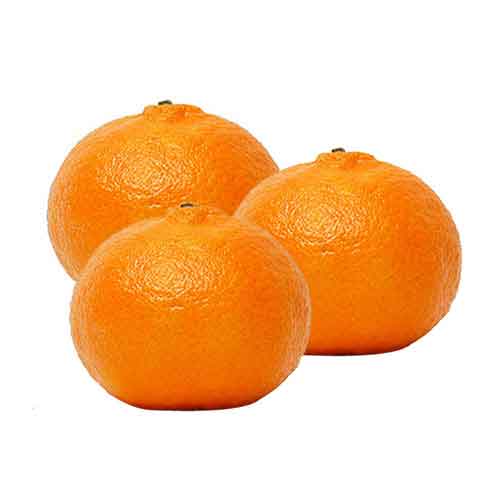
Dried orange peels release a warm dye with soft orange tones. The result is gentle and earthy, ideal for lighter fabrics or background coloring.
12. Avocado
Hue: Dusty pink
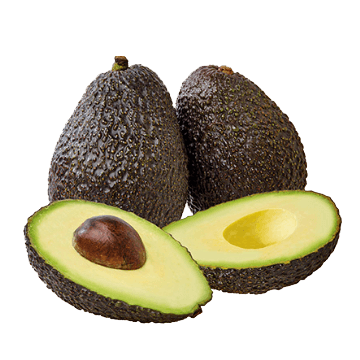
Avocado pits and peels are full of tannins that naturally bind to fabric. They give a muted pink shade, no mordant needed, making them one of the easiest and most surprising dye fruits.
13. Pomegranate Peels
Hue: Yellow
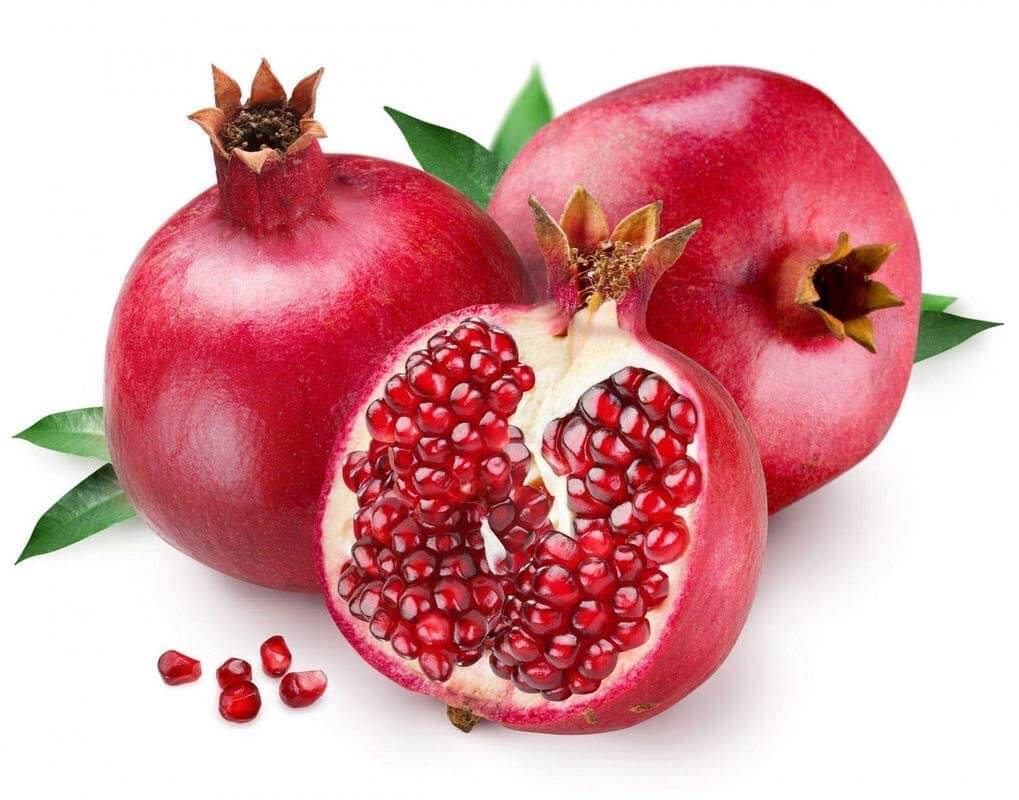
The tough outer peel of pomegranates produces a strong yellow dye. It is often used as a base or mixed with other colors to create richer tones.
14. Elderberries
Hue: Dark purple to gray
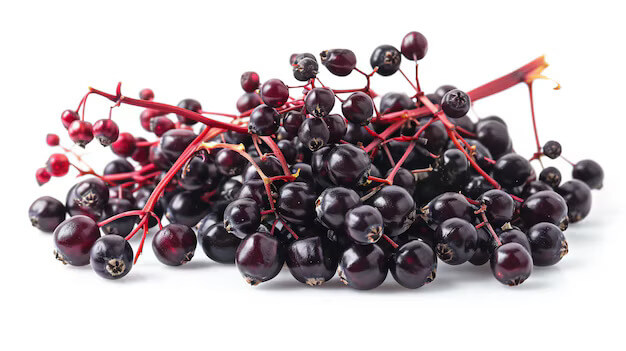
Elderberries make deep, moody shades. Depending on the process, they can range from dark purple to grayish hues, giving a dramatic effect.
15. Mulberries
Hue: Reddish purple
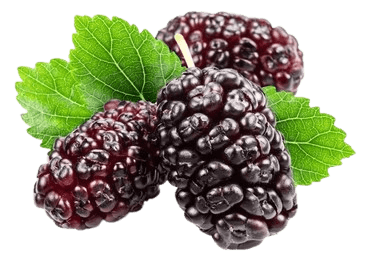
Mulberries give soft reddish-purple tones. The color is not as bold as some berries, but it has a pleasant, natural look with subtle depth.
16. Cranberries
Hue: Bright red

When used for dye, cranberries create a sharp, bright red color. Their juice is strong but may need fixing with mordants to hold longer on fabric.
17. Boysenberries
Hue: Deep reddish-purple
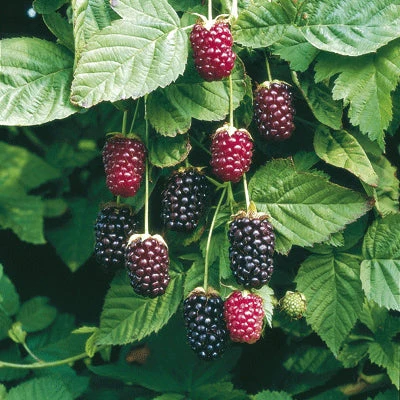
Boysenberries give a rich, warm purple-red color when crushed for dye. Their deep pigments are strong but can fade a little in sunlight, so they work best for smaller textile or paper projects where brightness can be preserved.
18. Loganberries
Hue: Red to purplish-red

These berries create dyes ranging from soft red to deeper purple tones. Their coloring is vibrant yet slightly translucent, giving fabrics a gentle berry-tinted glow rather than a heavy solid shade.
19. Aronia Berries (Chokeberries)
Hue: Dark purple to near black
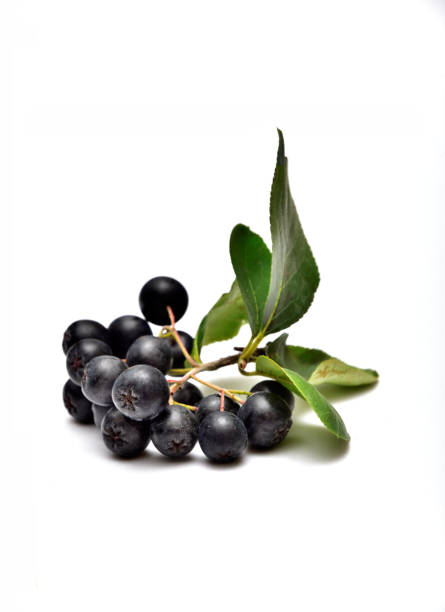
Aronia berries are packed with pigment, producing very dark purple shades that can lean almost black. Because of their intensity, they’re great for achieving strong, lasting colors when used on fibers.
20. Huckleberries
Hue: Blue to bluish-purple
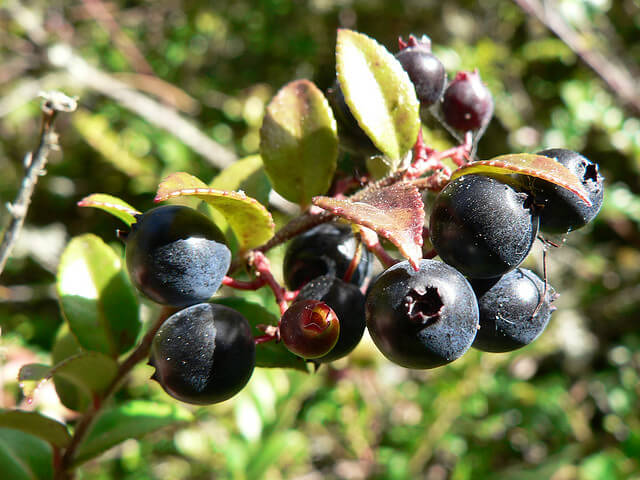
Huckleberries leave a soft blue or purple stain, depending on ripeness. Their dyes are not as intense as blueberries but have a subtle beauty, perfect for creating gentle, natural tones.
21. Saskatoon Berries (Serviceberries)
Hue: Purplish-blue

These berries yield purplish-blue dyes with earthy undertones. The shades are softer than blackcurrants but hold well when applied to fabric, giving a muted, natural finish.
22. Figs
Hue: Light brown to grayish tones
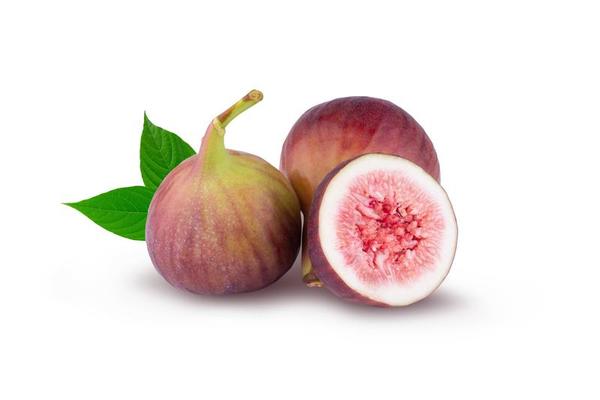
Figs don’t create bright colors but instead give gentle browns and grays when used as dye. Their tones are more understated, making them useful for soft, natural-looking shades.
23. Persimmons
Hue: Orange to golden brown
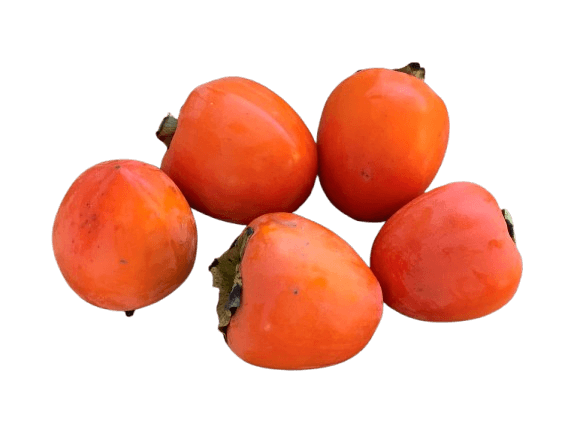
When ripe, persimmons provide warm orange or golden-brown hues. The colors can deepen with time, especially if left to set in fabric or paper, offering earthy autumn-like shades.
24. Dragon Fruit (Red/Pink Varieties)
Hue: Bright pink to magenta
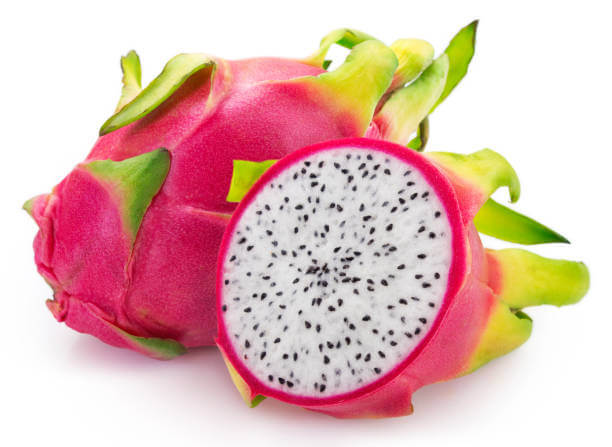
The vibrant flesh of red dragon fruit produces striking pink and magenta dyes. While not the most permanent, the boldness of the initial color makes it a favorite for playful, decorative dyeing projects.
25. Mango Skins
Hue: Yellow to orange
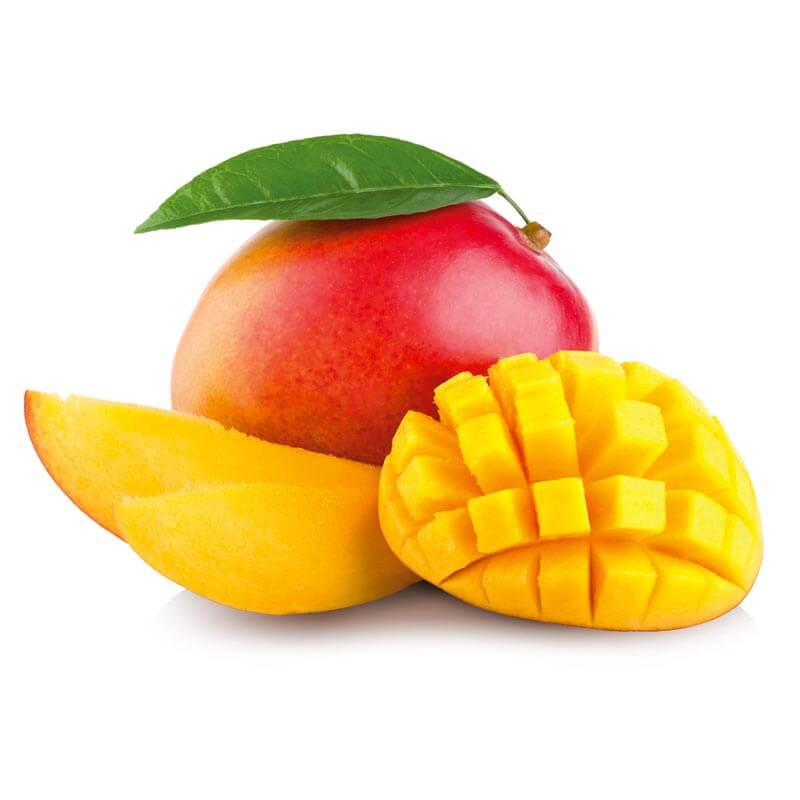
Mango skins give cheerful yellow-orange tones when boiled into dye. The shades are sunny and warm, often working best on natural fabrics like cotton or wool.
Reminder: Picking Fruits for the Right Color
The shade you get from fruit dyes isn’t always predictable—it depends on the type of fruit, the fabric, and even how you combine them. It’s always wise to test a small fabric swatch first, especially if you’re working on a cherished garment.
Blending fruits can unlock an exciting spectrum of hues. For example, mixing redcurrants, blackcurrants, and strawberries can yield anything from a delicate blush pink to a deep rose, with unbleached fabrics often taking on the richest colors. Want something softer? Add cherries or raspberries to lighten the pink. Craving a touch of purple? A handful of blueberries in the mix can shift the shade beautifully.
Natural fruit dyes are as much about creativity as they are about tradition—so don’t be afraid to experiment until you find the exact hue that feels right.
